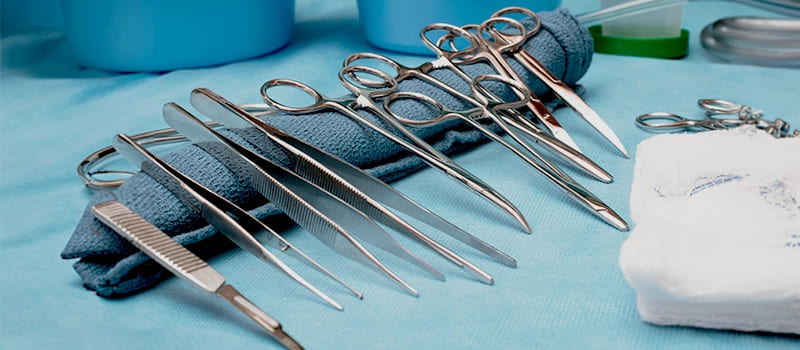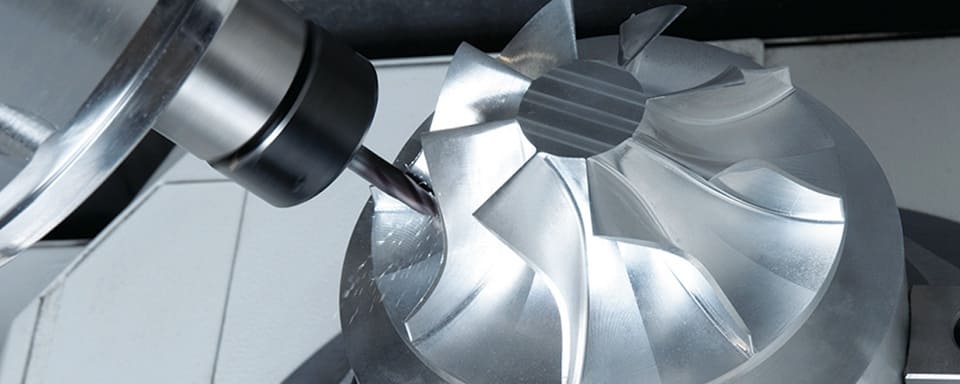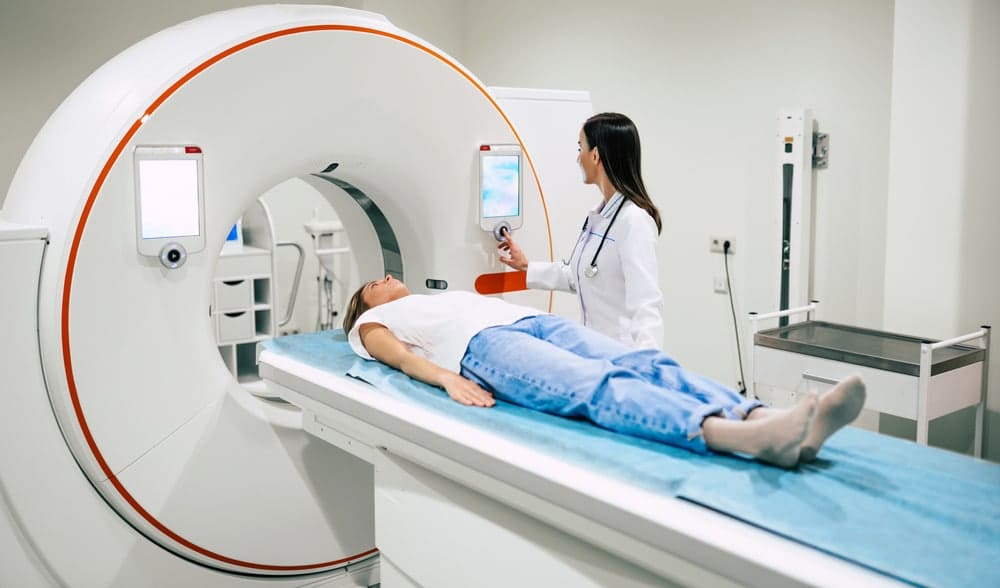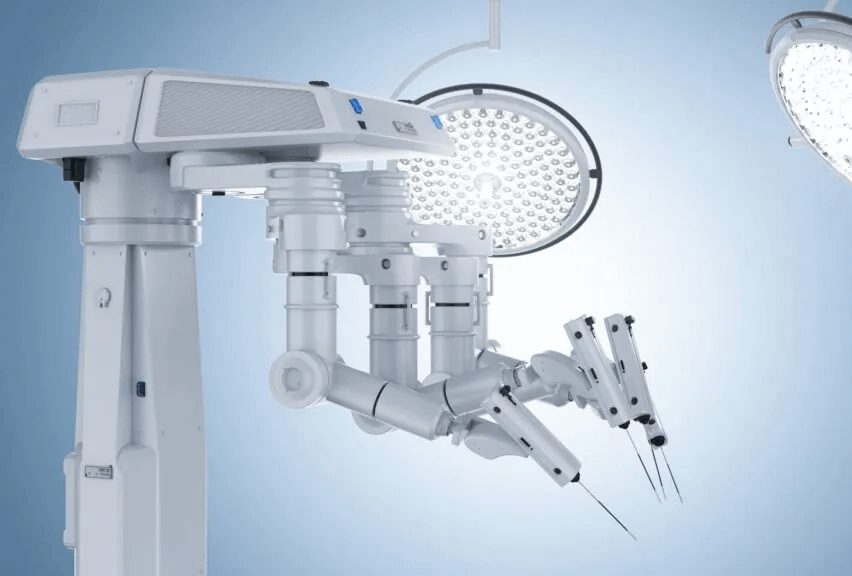An Introduction to Types of CNC Machining Used in the Medical Field
CNC machining encompasses a variety of technologies, each of which offers unique advantages for medical device manufacturing. Here is an overview of the most popular CNC machining methods in the medical field, focusing on their operation, applications, and benefits.
1.CNC Milling
CNC milling involves the use of a rotating cutting tool to remove material from a workpiece, thereby producing complex parts with high precision. It is widely used to manufacture a variety of medical devices, from implants to surgical instruments.
- Medical device prototyping
- Production of orthopedic implants such as knee and hip replacements
- Surgical instrument and endoscopic tool manufacturing
- Manufacturing diagnostic equipment components

2.CNC Lathe
CNC turning utilizes a lathe to rotate the workpiece onto a cutting tool to shape it into the desired shape. This method is ideal for producing cylindrical parts such as pins, screws, and rods for a variety of medical applications.
- Manufacturing pins and screws for orthopedic implants
- Producing components for minimally invasive surgical instruments
- Manufacturing custom hardware for medical devices
3.5-axis CNC machining
5-axis CNC machining provides greater flexibility and precision by operating on five different axes simultaneously. This capability allows for the creation of complex geometries with tight tolerances, which is critical for medical devices that are complex and require high precision intricate surgical instruments.
- Advanced orthopedic implants with complex shapes
- Custom medical parts with complex geometries

4.Swiss CNC machining
Swiss CNC machining is known for its precision in producing small, complex parts. It is particularly well suited to manufacturing large, complex, and tight tolerance parts, such as those found in minimally invasive surgical instruments.
- Precision parts for minimally invasive surgical instruments
- Detailed parts for diagnostic equipment and electromedical devices
- High-volume production of small, complex medical parts
5.Wire Cut (Electrodischarge Machining)
Wire Cut EDM uses electrical sparks to cut conductive materials with high precision. This method is ideal for materials that are difficult to machine with traditional methods, allowing for fine cuts without stressing the part.
- Precision cutting of cardiovascular device components
- Manufacturing complex components for surgical instruments and implants
- Creating custom shapes for medical device prototypes
6.Micromachining
Micromachining focuses on producing extremely small components, often requiring microscopic inspection. This technology is critical to the medical industry as miniaturization of medical devices is becoming an increasingly popular trend.
- Microfluidic devices for laboratory diagnostics
- Microscopic components for endoscopic tools
- Small-scale prototypes for medical device development

7.Laser cutting and engraving
Laser cutting and engraving provide precise cutting and marking capabilities for a variety of materials. The method can be used to manufacture and identify medical components and devices.
- Precision cutting of medical-grade plastics and metals
- Engraving identification marks and instructions on medical devices
- Custom molding of prosthetic and implant components
8.Photochemical machining (PCM)
PCM uses chemical etchants to remove material and create fine components without mechanical stress. The process is suitable for thin metal parts such as meshes and filters that require high precision.
- Produce precision filters for medical devices
- Manufacture fine metal parts for implants
- Create custom meshes for surgical applications
9.Ultrasonic machining
Ultrasonic machining combines high-frequency vibrations with abrasive slurries to remove material. It is very effective for hard and brittle materials such as ceramics and glass and is often used in medical device manufacturing.
- Machining of ceramic parts for dental and orthopedic implants
- Precision molding of glass parts for diagnostic equipment
- Custom manufacturing of hard and brittle materials for medical devices
10.CNC grinding
CNC grinding uses abrasive technology to achieve fine surface finishes and tight tolerances. This is essential for the final molding and finishing of parts to ensure their functionality and compatibility in medical applications.
- Surface treatment of orthopedic implants to improve their fit and function
- Precision grinding of surgical instruments to improve performance
- Final molding of diagnostic and therapeutic equipment components
